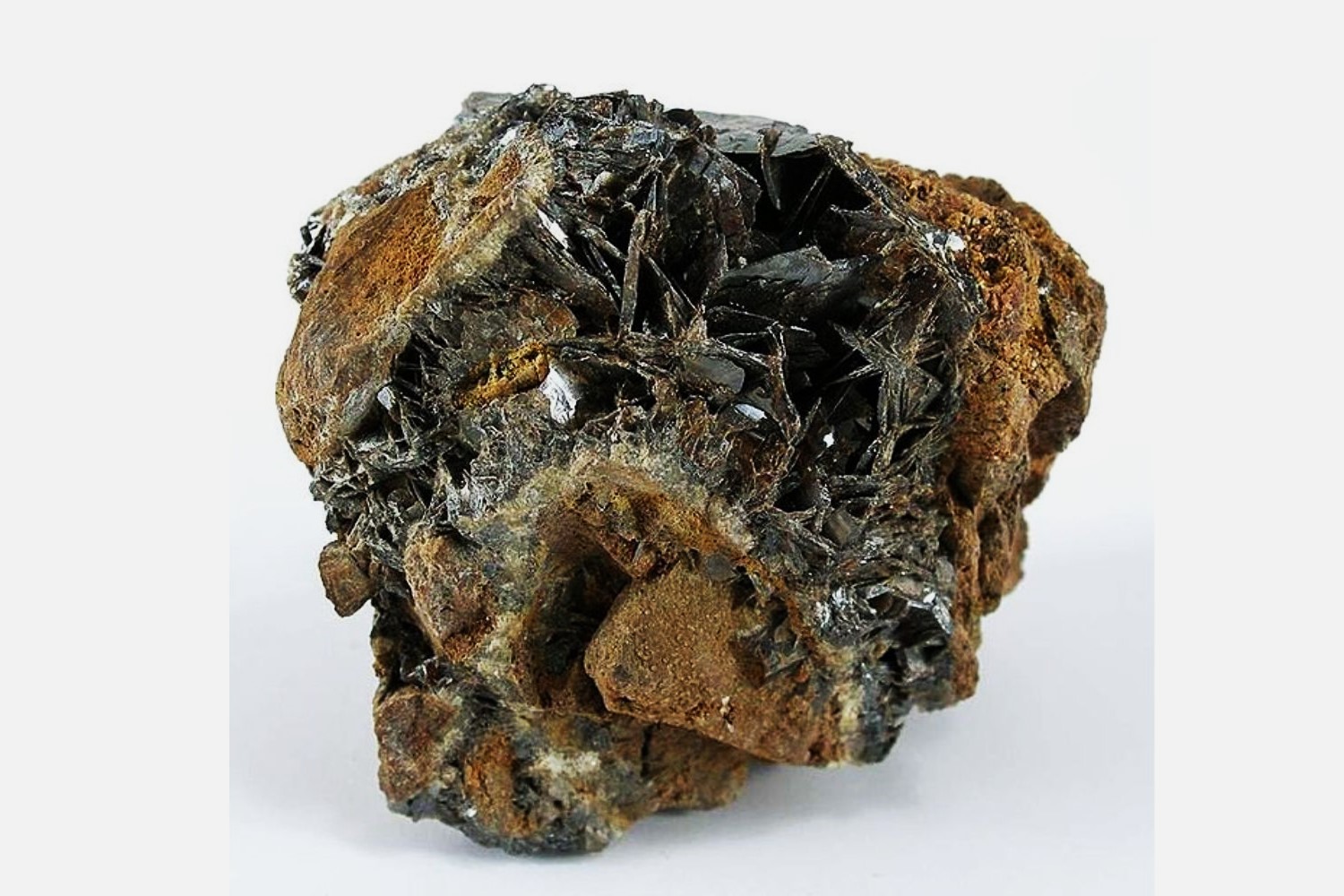
Naldrettite is a rare mineral that intrigues both geologists and mineral enthusiasts. Named after Anthony J. Naldrett, a renowned geologist, this mineral has a unique composition and fascinating properties. But what exactly makes Naldrettite so special? For starters, it's primarily composed of palladium and antimony, making it a valuable find. Discovered in the Norilsk region of Russia, it often forms in hydrothermal veins. Its metallic luster and silver-white color make it visually striking. Want to know more? Here are 25 facts about Naldrettite that will deepen your understanding of this captivating mineral.
Key Takeaways:
- Naldrettite is a rare mineral named after a Canadian geologist. It has unique properties and is found in Russia, South Africa, and Canada. Its study helps in understanding geological processes and ore deposits.
- Naldrettite's discovery expanded the known diversity of palladium-bearing minerals. It is valuable for scientific research and sought after by mineral collectors. Studying it aids in developing more efficient methods for extracting and processing platinum-group elements.
What is Naldrettite?
Naldrettite is a rare mineral that has piqued the interest of geologists and mineral enthusiasts alike. Its unique properties and limited occurrence make it a fascinating subject of study. Here are some intriguing facts about this mineral.
-
Naldrettite is named after Anthony J. Naldrett, a renowned Canadian geologist known for his work on magmatic sulfide deposits.
-
This mineral was first discovered in 2004 in the Noril'sk-Talnakh mining district of Russia, one of the world's largest nickel-copper-palladium deposits.
-
Naldrettite has the chemical formula Pd2Sb, indicating it is composed of palladium and antimony.
-
It belongs to the orthorhombic crystal system, which means its crystal structure is based on three mutually perpendicular axes that are of unequal length.
-
The mineral typically forms in small, granular aggregates rather than large, well-defined crystals.
Physical Properties of Naldrettite
Understanding the physical properties of Naldrettite can help identify it in the field and differentiate it from other minerals.
-
Naldrettite has a metallic luster, giving it a shiny, reflective appearance.
-
Its color ranges from silver-white to steel-gray, which is characteristic of many palladium-bearing minerals.
-
The mineral has a Mohs hardness of about 4.5, making it relatively soft compared to other minerals.
-
Naldrettite has a specific gravity of approximately 10.3, indicating it is quite dense.
-
It is opaque, meaning light does not pass through it, even in thin sections.
Occurrence and Formation
Naldrettite's rarity is partly due to the specific conditions required for its formation.
-
This mineral is typically found in sulfide-rich magmatic deposits, often associated with other platinum-group minerals.
-
It forms at high temperatures, usually above 600°C, during the cooling and crystallization of magmatic sulfide melts.
-
Naldrettite is often found in association with minerals like pentlandite, chalcopyrite, and pyrrhotite.
-
The Noril'sk-Talnakh mining district in Russia remains the primary source of Naldrettite, though it has also been reported in other locations like South Africa and Canada.
-
Its formation is closely linked to the geological processes that concentrate palladium and antimony in magmatic sulfide deposits.
Uses and Significance
While Naldrettite itself is not widely used, its presence can provide valuable information about geological processes and ore deposits.
-
The mineral is of interest to researchers studying the formation of platinum-group element (PGE) deposits.
-
Naldrettite can serve as an indicator mineral, helping geologists locate and evaluate PGE-rich ore bodies.
-
Its discovery has contributed to a better understanding of the geochemical behavior of palladium and antimony in magmatic systems.
-
The study of Naldrettite and similar minerals can aid in the development of more efficient methods for extracting and processing PGEs.
-
Although not used directly in industry, the knowledge gained from studying Naldrettite can have indirect benefits for mining and metallurgy.
Interesting Tidbits
Here are some additional fascinating details about Naldrettite that highlight its uniqueness.
-
Naldrettite is one of the few minerals that contain palladium as a major component, making it particularly valuable for scientific research.
-
The mineral's discovery was a significant milestone in the field of mineralogy, as it expanded the known diversity of palladium-bearing minerals.
-
Naldrettite's rarity and unique properties make it a sought-after specimen for mineral collectors.
-
The mineral's name honors Anthony J. Naldrett's contributions to the understanding of magmatic sulfide deposits, reflecting the close relationship between scientific discovery and mineral nomenclature.
-
Ongoing research on Naldrettite continues to reveal new insights into the complex processes that govern the formation of magmatic sulfide deposits.
Naldrettite: A Rare Gem in the Mineral World
Naldrettite, a rare mineral, has fascinated scientists and collectors alike. Found primarily in Canada and Russia, this mineral is composed of palladium and antimony. Its unique properties make it valuable for both research and industrial applications. Despite its rarity, naldrettite plays a crucial role in understanding geological processes and the formation of ore deposits.
Collectors prize naldrettite for its rarity and distinct crystal structure. Its metallic luster and silver-white color make it a standout in any mineral collection. However, due to its scarcity, finding a specimen can be quite challenging.
In summary, naldrettite is more than just a mineral; it's a window into the Earth's geological history. Whether you're a scientist, a collector, or simply someone interested in the natural world, naldrettite offers a glimpse into the complexities of our planet.
Frequently Asked Questions
Was this page helpful?
Our commitment to delivering trustworthy and engaging content is at the heart of what we do. Each fact on our site is contributed by real users like you, bringing a wealth of diverse insights and information. To ensure the highest standards of accuracy and reliability, our dedicated editors meticulously review each submission. This process guarantees that the facts we share are not only fascinating but also credible. Trust in our commitment to quality and authenticity as you explore and learn with us.
